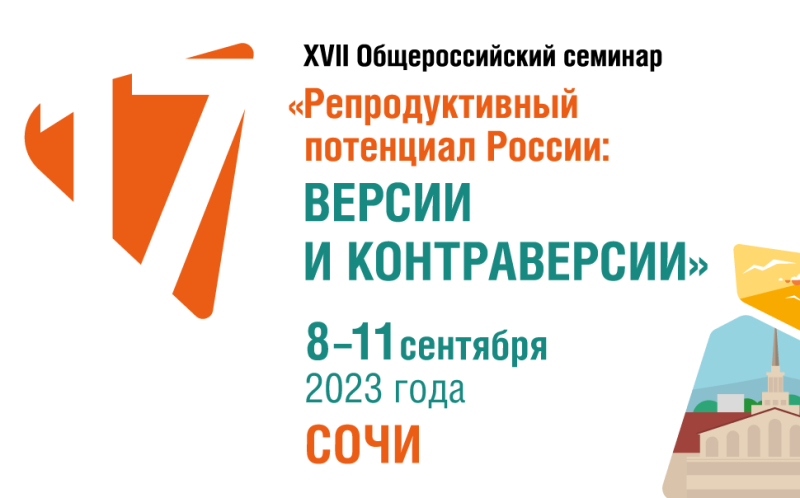
50% of men experience prostatitis symptoms at least once

Male reproductive disorders are a key issue faced now by urologists around the world. According to the WHO, one in 5-7 couples of reproductive age is unable to conceive, and in a half of those cases sperm disfunctions are the reason. Leading urologists discussed that problem at the 23th Congress of the Russian Society of Urology.
Prostatitis can cause urination issues, sexual dysfunction and is often accompanied by pronounced pain. Prostatitis treatment is, in most cases, comprehensive, involving non-steroid anti-inflammation, antihistamine, anti-oxidant and antibiotic therapy.
Treatment, however, is not always effective because harmful bacteria form micro-colonies that generate biofilms making antibiotics less effective and diagnostics harder.
Dr. Spivak mentioned complex drug treatment that includes enzyme medicine bovhyaluronidase azoximer. The method has low cell and tissue toxicity and can be combined with antibiotics to combat antibiotic resistance.
Experts shared data from a study examining bovhyaluronidase azoximer’s impact on the destruction of biofilms in an ejaculate of chronic prostatitis patients with related fertility problems.
The randomized study divided patients into two groups: those receiving pathogenetic therapy only and those receiving pathogenetic therapy together with bovhyaluronidase azoximer («Longidaza®»). According to Leonid Spivak, after three months of treatment, samples provided by patients in the «Longidaza®» group demonstrated lower leucocyte count, higher active sperm cell count and 2.5 times higher sperm cell density.


